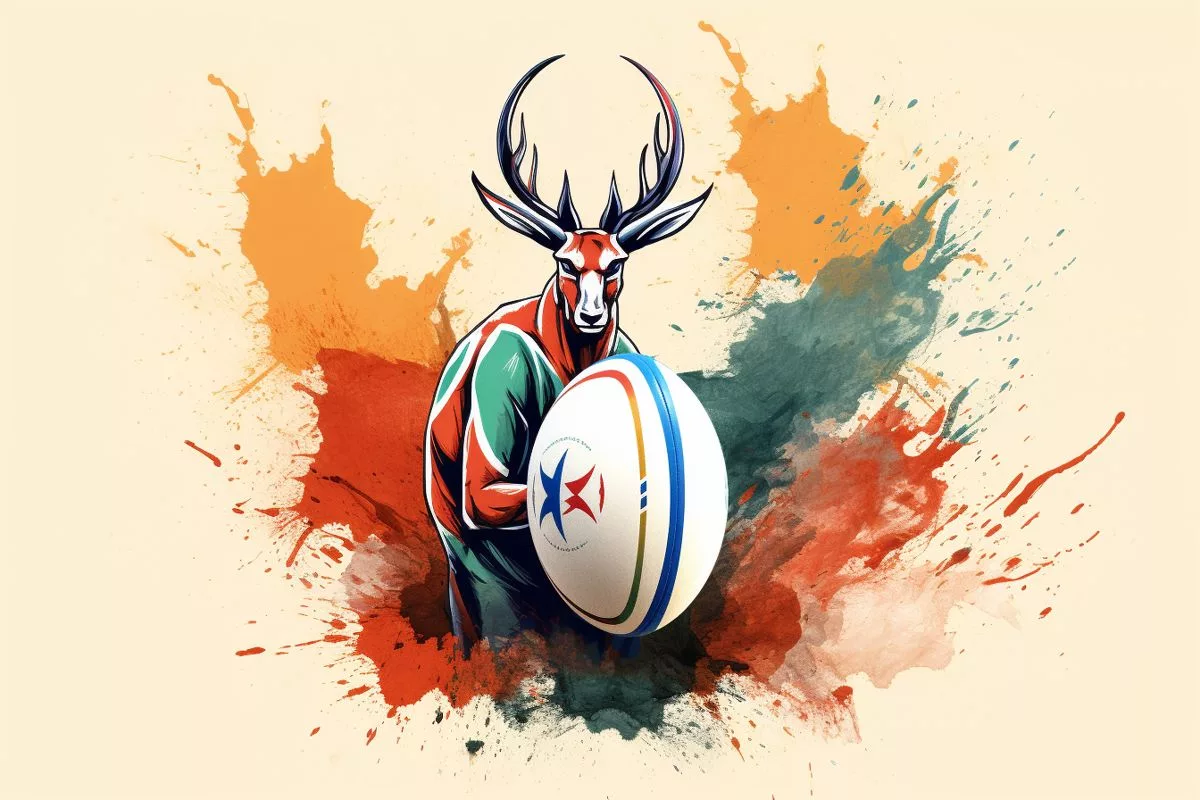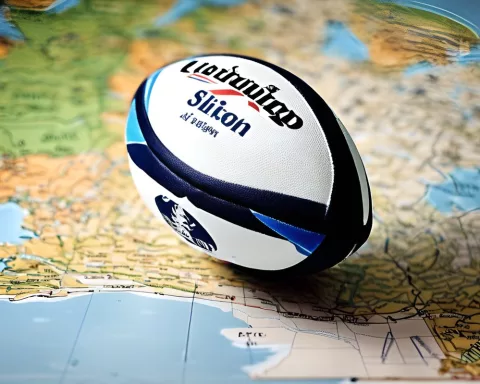The Springbok’s World Cup win in France showed the power of teamwork, commitment, and collaboration. Two players, Manie Libbok and Handre Pollard, exemplified the team’s tenacity and unity. Despite tough decisions and setbacks, the team showed grace and maturity, understanding that the selection process was for the good of the team. The Springbok’s journey is a microcosm of life, full of victories, setbacks, audacious choices, and selfless commitment.
The Springbok World Cup win in France stands out as a shining example of collaboration, persistence, and unselfish commitment. The triumph of the team is brought to life through the experiences of two players, Manie Libbok and Handre Pollard, which serve to illustrate the tenacity and unity of the squad.
A Tale of Two Players
In the rich tapestry of South African sport, the Springboks’ World Cup win in France stands out as a shining example of collaboration, persistence, and unselfish commitment. The triumph of the team is brought to life through the experiences of two players, Manie Libbok and Handre Pollard, which serve to illustrate the tenacity and unity of the squad.
Manie Libbok, the solitary professional flyhalf in the original World Cup team, directed the tournament’s course amid unforeseen circumstances. When Handre Pollard was initially incapacitated due to injury and Malcolm Marx’s participation was abruptly cut short, Libbok assumed the mantle. He wore the starting jersey for four pivotal matches, including the quarter-final and semi-final.
As the championship game approached, however, the coaching personnel, under the leadership of Jacques Nienaber, took a courageous step. They reintroduced the previously injured Pollard into the game. This bold action, while risky at the time, proved to be a judicious decision in retrospect.
Mutual Admiration and Respect
As the waves of victory continue to crash, Pollard has returned the trust placed in him by expressing sincere admiration for his fellow player, Libbok. “Manie’s performance and his ability to handle the pressure is truly commendable,” stated Pollard. He characterized Libbok by his modesty, dedication, and contribution to the squad’s dynamic game – all features that have been embraced and valued by the entire team.
However, even in a team brimming with ability, making challenging choices was unavoidable. With the Springboks choosing a 7-1 division on the bench for the final, Libbok tragically found himself without a position. Nienaber, the departing coach, admitted the emotional pain involved in such choices. He confessed that the toughest aspect of moving from an assistant coach to a head coach was having to inform players that they had not been chosen.
A Decision Driven by Strategy
Despite the setback, Nienaber conveyed his steadfast belief in Libbok’s capabilities, a perspective that was also held for Damian Willemse, another noteworthy player. Nienaber foresaw them as the future of the Springboks, drawing attention to their extraordinary performances following Pollard’s injury in Adelaide.
The team’s choice of players was the result of careful computations and in-depth scrutiny of their opponent, New Zealand. The choice to exclude some players was not easy. Yet, staying true to the team’s spirit, those who were left out handled the news with grace. They bore their disappointment with dignity, recognizing that the selection was not a critique of their talent but a tactical decision for the good of the team.
This mindset, as Nienaber pointed out, is what makes the Springbok squad exceptional. Each player delivered performances worthy of participating in the finals, yet they understood the complexity of the selection process. Furthermore, they showed enough maturity to accept the decisions with grace.
A Microcosm of Life
The journey of the Springboks encapsulates life itself – brimming with victories, setbacks, audacious choices, and selfless commitment. Both Manie Libbok and Handre Pollard personify these elements, playing a crucial role in the narrative that culminated in the Springboks’ unforgettable World Cup win.
1. What were the key factors that led to the Springbok’s World Cup win in France?
The Springbok’s World Cup win in France was the result of teamwork, commitment, and collaboration.
2. Who were the two players that exemplified the team’s tenacity and unity?
Manie Libbok and Handre Pollard were the two players that exemplified the team’s tenacity and unity.
3. How did Manie Libbok contribute to the team during the World Cup tournament?
Manie Libbok directed the tournament’s course amid unforeseen circumstances and wore the starting jersey for four pivotal matches, including the quarter-final and semi-final.
4. Why was Handre Pollard initially incapacitated, and what was the coaching personnel’s decision regarding his participation in the championship game?
Handre Pollard was initially incapacitated due to injury, and the coaching personnel reintroduced him into the game for the championship game, a risky but ultimately judicious decision.
5. How did the players handle the emotionally difficult choices made by the coaching personnel regarding team selection?
The players handled the news of team selection with grace and dignity, recognizing that the selection was not a critique of their talent but a tactical decision for the good of the team.
6. What does the journey of the Springboks encapsulate?
The journey of the Springboks encapsulates life itself – brimming with victories, setbacks, audacious choices, and selfless commitment.












